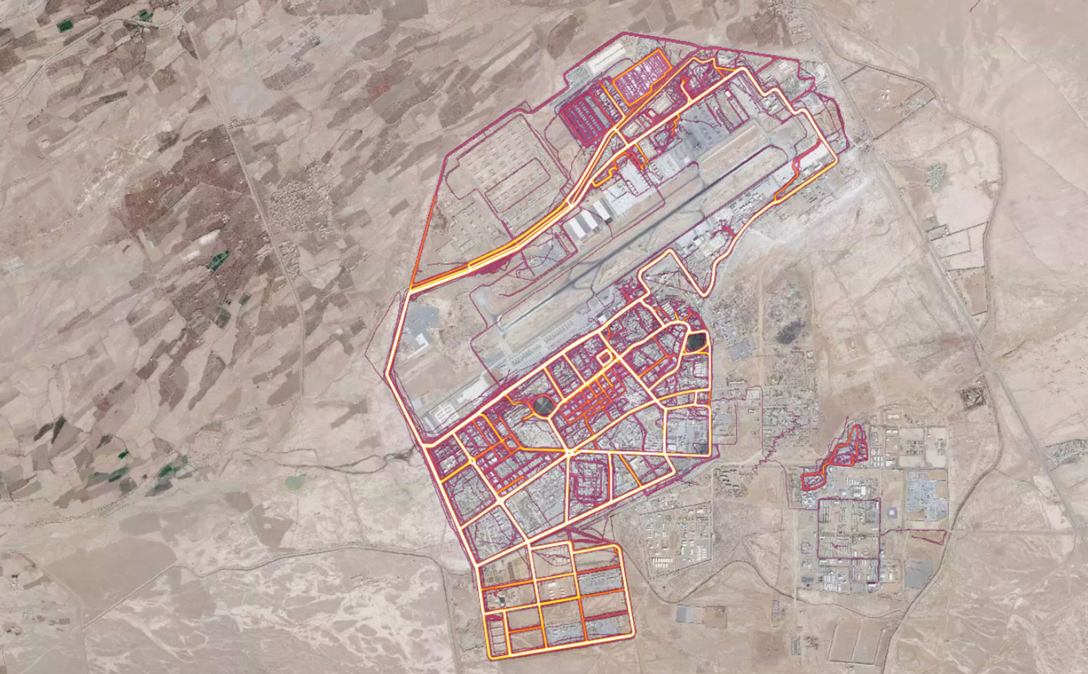Music is experienced in many different ways, ranging from massive concerts, to singing along to songs in a car, to just casually listening to some music when studying or hanging out. The ways music is created and delivered to listeners has changed drastically over the past years and will keep evolving in the future. In this blog two upcoming developments in the creation and delivery of music will be explained.
Recommendations are nothing new for music streaming services such as Apple Music, Spotify, etc. At the moment though they are primarily used for analytics, besides providing personalized recommendations. For these services, it’s powerful to be able to recognize what kind of music will become a trend and which characteristics make that music popular. When creating new songs, this information can be leveraged by artists to create a new hit. However, AI will be able to compose music without interference of a human (Gautam, et al. 2018). Coupling this with the data from recommendation systems will bring artists an opportunity to use AI as an aid in making music (Deahl, 2018).
Concerts are an important part of experiencing an artist and the music they make. However, they are fairly expensive and most of the times difficult to access because of sold out tickets or distance to the concerts location. To solve this, concerts could come to anyone’s home by using virtual reality. Spotify might for example add a button on an artist’s page to stream a concert through VR glasses, even allowing you to position yourself in the front row, or even on stage behind the drummer. This idea isn’t that crazy either, some big artists like Coldplay, Stevie Wonder and Imagine Dragons have already offered concerts in VR (Esteves, 2018).
Music has always been evolving, changing the way it’s been made and delivered. New technologies will make the experience even more immersive and allow business to create and capture value through many new business models. Let’s see how it play’s out, but one thing is certain: the experience will only get better.
Deahl, D., 2018-last update, How AI-Generated Music Is Changing The Way Hits Are Made. Available: https://www.theverge.com/2018/8/31/17777008/artificial-intelligence- taryn-southern-amper-music [16-10-2018].
Esteves, A., 2018-last update, When Vr Meets Reality – How Live Concerts Could Be Enhanced By 21st-Century Opera Glasses. Available: https://www.independent.co.uk/life-style/gadgets-and-tech/how-live-concerts-could-be- enhanced-by-21st-century-opera-glasses-a8002606.html [16-10-2018].
Gautam, S. And Soni, S., 2018. Artificial Intelligence Techniques for Music Composition.


